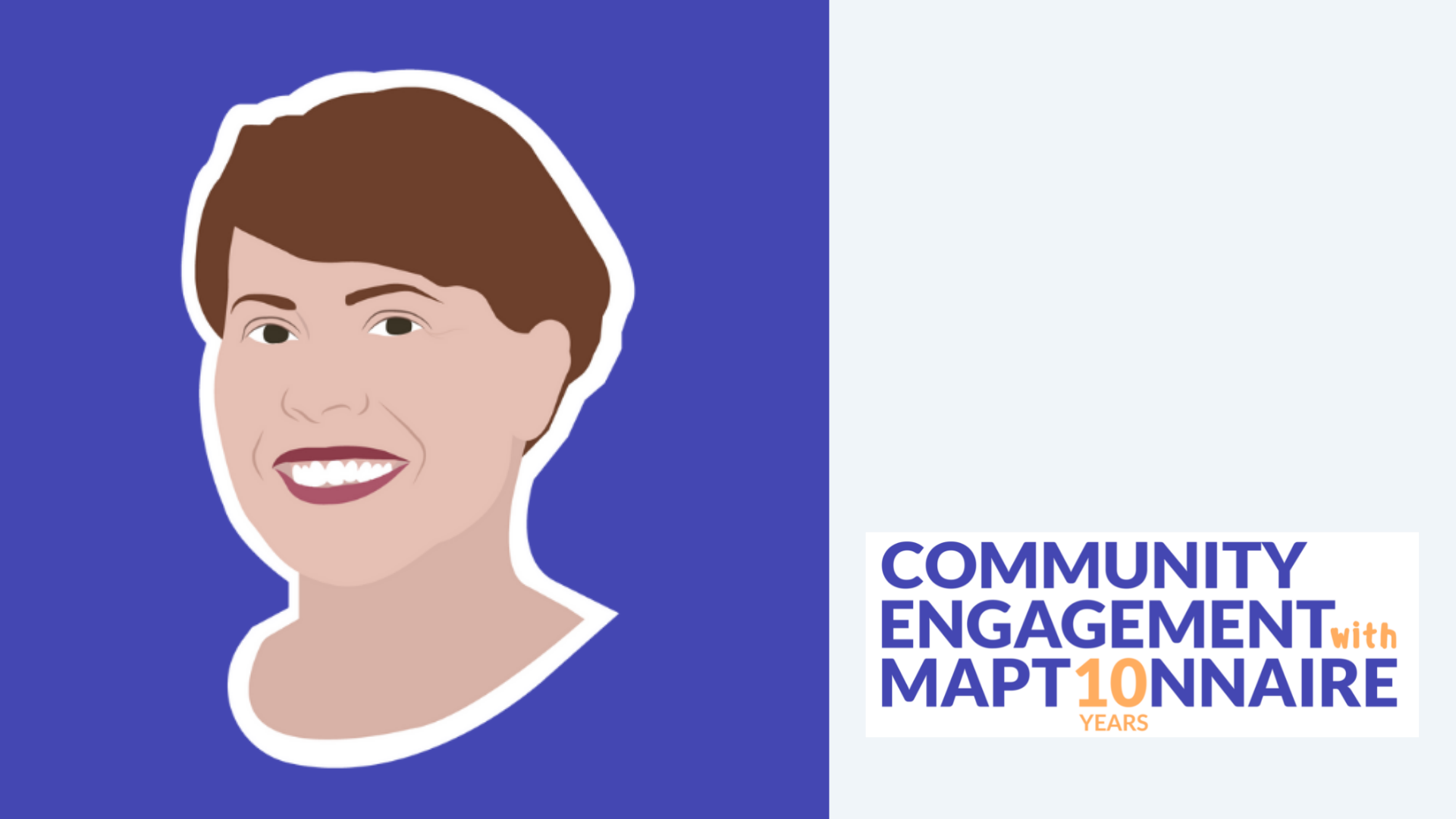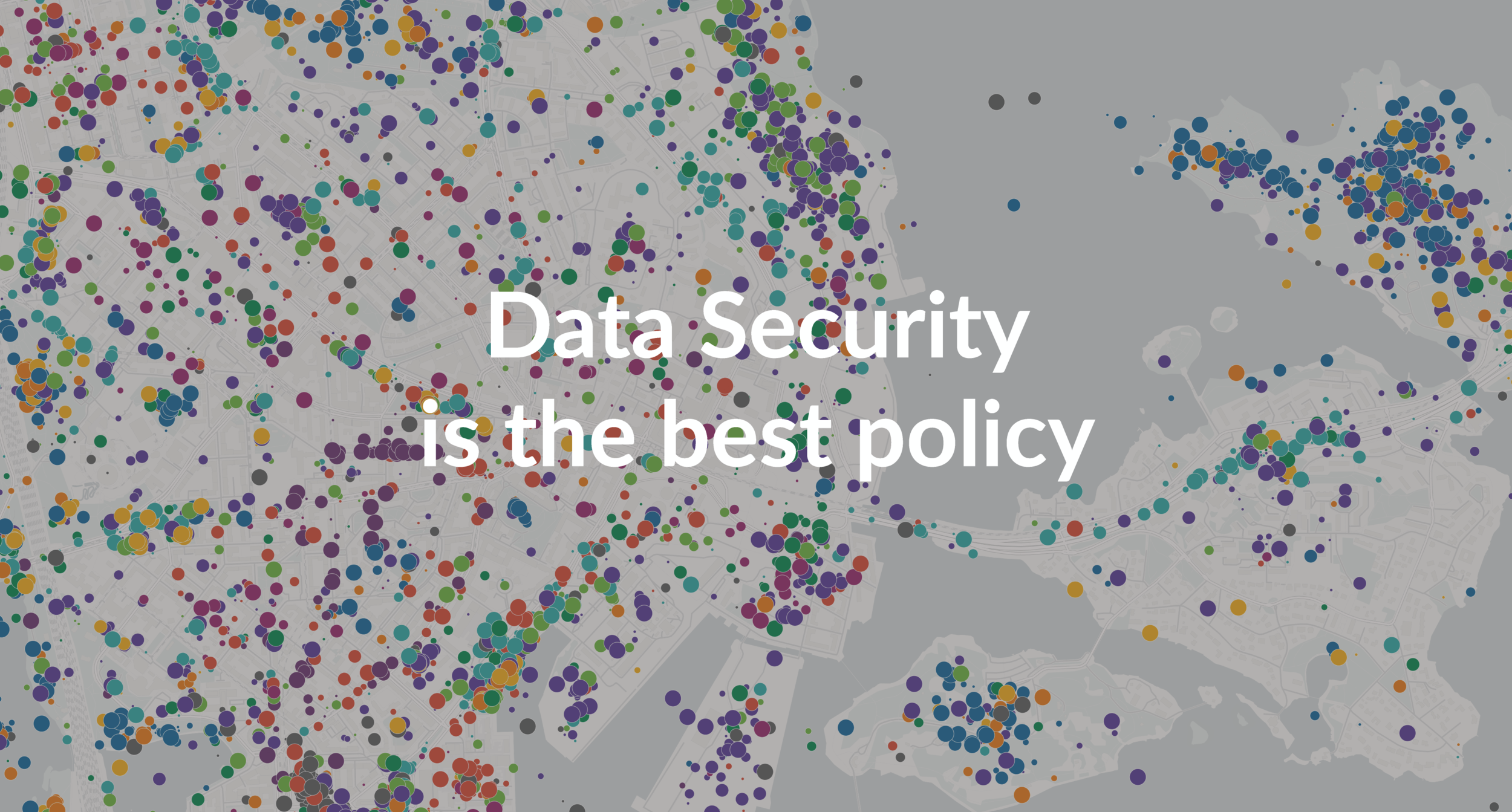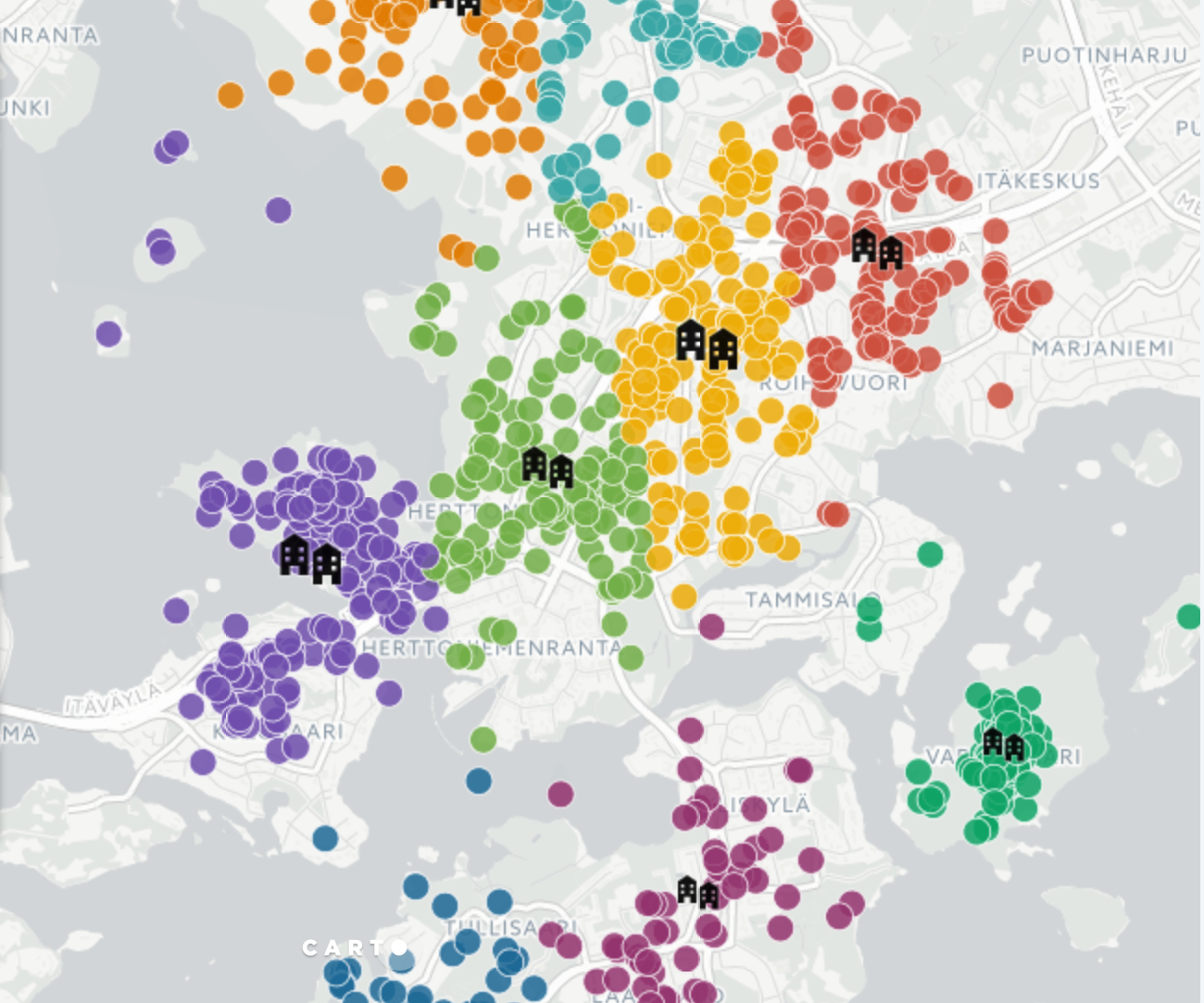Community engagement, also known as civic or public engagement, is an umbrella term for various participatory processes where the public is involved in urban planning and city development.
The three types of community engagement are:
- Informative participation
- Preparatory participation
- Decision-making participation
While there are differences between the types of community engagement, the key goal is to achieve equitable and impactful participation of residents and stakeholders in the future of their cities.
Below, we single out three forms of community engagement and describe their goals, benefits, and tools that facilitate the process. There are also community engagement examples for each of these types.
.jpeg)
What Are The Three Types of Community Engagement?
These three levels of community engagement are classified based on the degree of public involvement in urban planning or mobility & transportation development:
- Informative participation
- Preparatory participation
- Decision-making participation
You don’t have to choose just one form of engagement and stick to it — a balanced combination of all three forms will bring you the best results.
There are many other ways to understand various forms of public participation (for example, Sherry Arnstein’s Ladder of Citizen Participation). But this system is simple and well-aligned with the aims that planners want to achieve in their public engagement activities.
Informative Participation
With an informative participation process, you inform the public about the upcoming changes, procedures, and decisions related to urban planning in their area.
You also commit to providing timely information about the upcoming changes in the area. Even today with the abundance of digital communication, residents often learn too late about the development processes in their immediate surroundings — and it gets on their nerves, quite justifiably.
With this form of community engagement, you won’t achieve any active participation from your residents as you’re not asking for their feedback. But informative participation is the foundational level of engagement that gives citizens a solid understanding of development projects.
Goal:
Keep the public informed about what’s going on in their city through relevant and popular channels.
Process:
You regularly communicate with the public about plans and results of various projects. You should use inclusive language, make these texts accessible to non-experts, and share them on various channels that citizens actually use. Avoid jargon and manipulative language, and include translations into languages spoken in your area.
Benefits:
The public is up-to-date with urban planning developments and decisions. Informative participation leads to increased buy-in and transparency and has the potential to mitigate planning conflicts.
Channels & tools:
Administrative websites, community engagement platforms, social media, awareness campaigns, and local news channels are helpful for fostering community participation.
Examples:
A Finnish city of Vantaa uses a dedicated portal for informing its residents about the upcoming changes and various participation processes. Here you can read more about the city digitizing its community engagement.
Preparatory & Planning Participation
During preparatory and planning participation, the public contributes with their ideas and feedback to ongoing development projects. You should take these opinions seriously — it’s valuable insider information about practices and values attached to an area. In this form of community engagement, the public is not a key decision-maker but they can become collaborators and contributors to the planning process.
Preparatory participation is often used in the early stages of the planning process when planners want to evaluate residents’ values, attachments, and attitudes to an area under development.
Another scenario for this type of engagement is when planners want to hear citizens’ opinions on a development plan. Planners can also propose various alternatives to residents and ask them to choose the most fitting one.
Goal:
The ideas and feedback sourced from a representative sample of residents are used in the planning process.
Process:
Before rushing toward the public, define your project or plan-specific goals and design (and test) a survey or a set of in-person activities. They should capture how people perceive the environment or what they think of the proposed changes.
Ensure that your survey or activity has wide outreach to get a representative sample and good response rates (here is when having a solid informative participation practice helps). Once you’ve analyzed the results, you should report back to the public and include the insights in your project.
Benefits:
Planners and city administration establish two-way communication with residents. While some groups of people are hard to reach, online tools (especially in combination with offline options available for digitally illiterate residents) help to involve a wider demographic and bridge the gap between cities and residents. For example, in Kosovo, online community engagement opened up a safe and convenient way for female residents to bring in their opinion.
Channels & tools:
Traditionally, participative planning was organized with community workshops. But online tools — like interactive mapping platforms, discussion forums, and dedicated webpages for citizen participation — give planners novel possibilities for running community engagement that is more inclusive and equitable.
Examples:
Have a look at how Denver and Stockholm used community engagement for enhancing their local and citywide development projects. A project for encouraging Active Travel in St Andrews used preparatory planning public consultation for understanding the locals’ mobility preferences and current barriers.
Decision-making Participation
In this participation model, the community holds the decision-making power about the city, its future, and the use of resources. This type of public engagement is, however, quite a rare case: in the urban planning context, council members are often making the final decision through representative democracy.
However, several methods can nurture decision-making participation, and participatory budgeting is one of them. In this process, citizens contribute with proposals and decide by voting which of the qualified solutions should be implemented.
Goal:
Residents have the power, tools, and information to submit proposals and make informed decisions about budget spending, urban planning, environmental initiatives, or transportation development.
Process:
First, present the project and its scope through established communication channels. Invite residents and stakeholders to submit ideas and turn them into realistic proposals. The public votes on the proposals, and after planners share the voting results and implement them.
We’ve covered the participatory budgeting process in all detail during our webinar. Grab a recording of this webinar and learn more about the exact steps and tools you need for turning residents into decision-makers.
Benefits:
By empowering residents to take action and vote meaningfully on planning projects, you strengthen representative and local democracy.
Channels & tools:
It’s much easier and more efficient to run participatory budgeting with online community engagement platforms. Many of these tools allow for the flexibility of combining online voting with in-person meetings.
Examples:
Have a look at how the cities of Lahti and Espoo embraced decision-making participation with participatory budgeting. Tallinn has introduced civic engagement by letting residents decide on which public art pieces will find a spot in the city.
Get Community Engagement the Right Way
Now you know what aims are behind each type of community engagement and what tools will help you run and facilitate public participation. And it’s not that you have to choose just one type of participation and live by it. Different forms of engagement can be used at different stages of the process, depending on your needs and goals.
To successfully implement community engagement in urban planning projects, you need to understand:
- What are the possible forms of engagement?
- What type of communication between residents and planners do they promote?
- What are the benefits of community engagement?
- What community engagement platforms and other tools will help you implement and run engagement activities with residents?
- How can you measure community engagement success and impact?
What’s also important is to deliver on the promises you’ve made to the public and take their ideas, contributions, and decisions seriously. That’s a way to planning with people.
Maptionnaire Community Engagement Platform can support you with implementing each form of community engagement.
- The platform helps you set up engaging spatial questionnaires to support preparatory planning and establish engagement portals for informative participation.
- If you’re interested in decision-making participation, Maptionnaire offers a Participatory Budgeting Solution.
These types of community engagement in urban planning are explored in more detail by Maarit Kahila, CEO of Maptionnaire, in her doctoral dissertation.

.jpeg)





.webp)

.jpeg)
-min.jpeg)
.jpg)












































.jpeg)


.jpeg)










.jpeg)
.jpeg)
.jpeg)




.jpeg)










